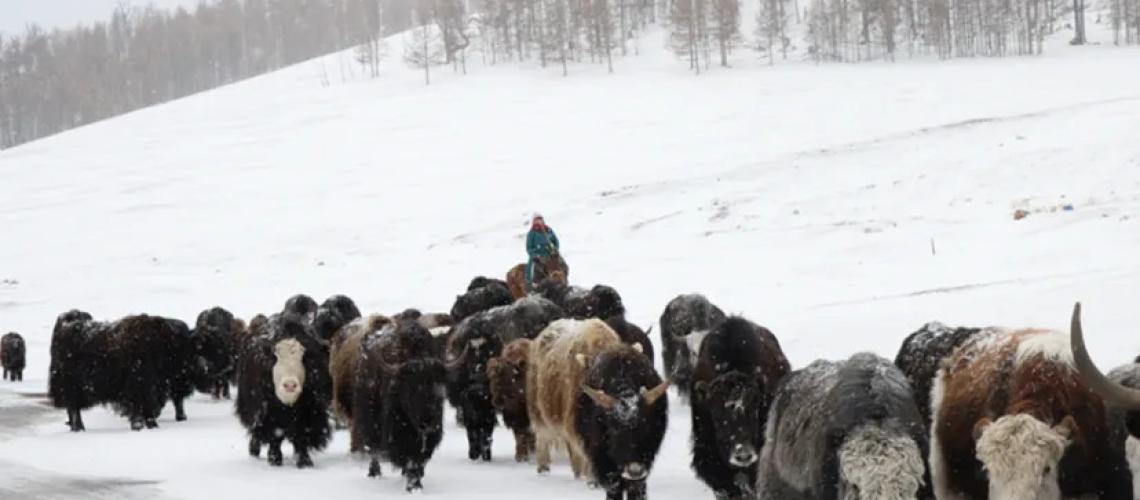
Can targeted investment in the reduction of inequalities help build disaster risk resilience? Today, October 13th, as we celebrate the International Day for Disaster Risk Reduction, the CADRI Partnership takes a closer look at measures to address inequalities across different regions and how these can contribute to disaster risk resilience in Costa Rica, Mongolia and Zambia.
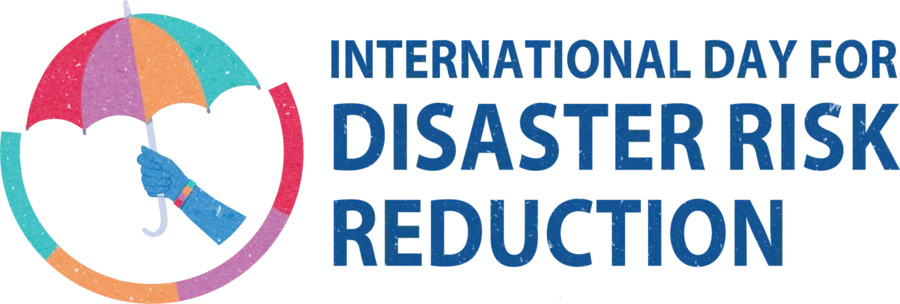
Moreno Cañas Post-Disaster Recovery: An opportunity to address inequality affecting communities in COSTA RICA
Upala is located in the border area with Nicaragua and is one of the poorest provinces in Costa Rica. When Hurricane Otto struck the town of Moreno Cañas in 2016, the crops, community services and homes were affected. But more critically, this was the final blow for a deteriorated suspension bridge over the Guacalito River. The bridge had been built years ago and had deteriorated due to lack of maintenance. This was a critical infrastructure for the residents because it gave pedestrians rapid access to opportunities and basic services offered in other areas of the province such as health services, markets for agricultural products and other economic opportunities. Since the bridge was destroyed in the hurricane, the only option was to take a 16 km detour, significantly hindering the community’s aspirations.
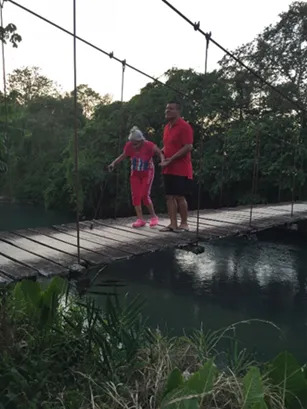
In 2021, as part of the recovery efforts for communities affected by Hurricane Otto, a collaborative effort involving local authorities, the community, and the National Emergency Commission (CNE) led to the construction of a new beam bridge. From an outsider’s perspective, the built bridge is seen as a piece of infrastructure, while for the community on the other side, the same bridge connects the community to new development opportunities. The project was more than a physical infrastructure; it has had a transformative impact, filling the residents with joy, hope, and motivation, proving that even the most challenging goals can be achieved collectively.
The construction of a bridge alone does not address underlying issues of territorial and socioeconomic inequalities that impact communities’ resilience. However, its construction, following high-level risk-informed standards, provides opportunities to start addressing them.
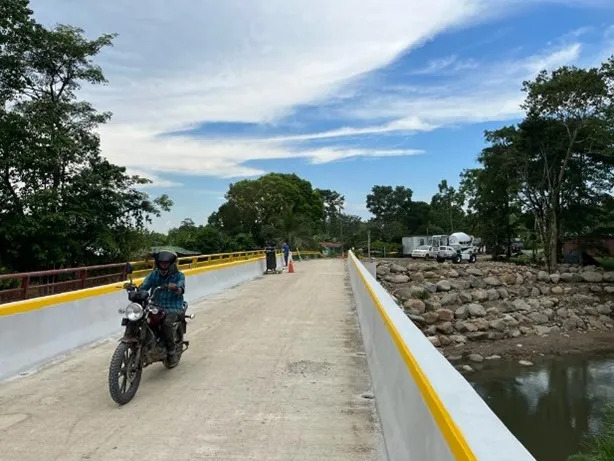
Please read the full story in Spanish here.
Protecting the most vulnerable herder households from Dzud in MONGOLIA
Winters in Mongolia can be beautiful, with crisp air, snow-capped mountains and white sparkling steppes, but they can be cruel too. One of the hazards Mongolian herders are facing is a distinctive extreme weather phenomenon called dzud. Dzud occurs during severe winters when the ground solidly freezes under deep layers of snow, preventing animals from accessing pastures and resulting in starvation, and loss of livelihoods for the herders.
Mongolia is heavily dependent on livestock as a central economic activity. Presently, the Mongolian steppe serves as the primary pasture for over 70 million animals, constituting the primary income source for 35 per cent of the nation’s households.
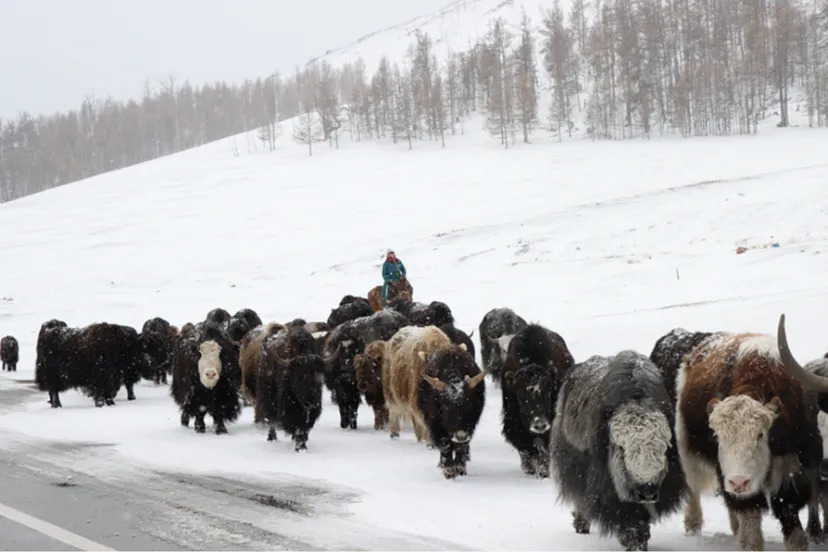
There are significant inequalities among herders: about five per cent of herder households own 22 per cent of all livestock, and about 45 per cent of herder households own fewer than 200 heads of livestock — which is the accepted threshold for subsistence.
During the 2022/23 season, the central government implemented special measures to protect the most vulnerable herders in remote communities in 11 provinces that were at high risk of dzud. The State Emergency Reserve was used for the distribution of fodder to vulnerable herder households at a purchase price significantly lower than the prevailing market rates during times of crisis, making them more resilient to disasters.
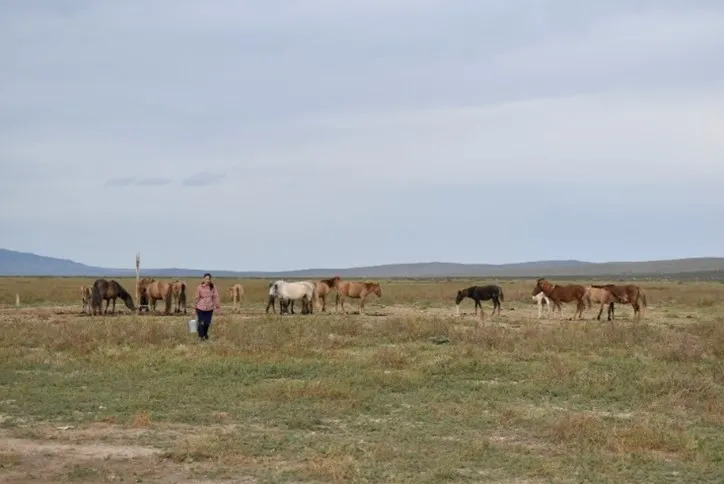
Reducing stark inequalities between urban and rural areas in ZAMBIA can reduce disaster impact
Zambia ranks as one of the most unequal countries in the world with a Gini Index of 61.7 in 2019 (0 represents perfect equality and 100 represents perfect inequality). Impressive economic growth has not benefited rural areas where 77 percent of the rural population is poor, compared to 23 percent in urban areas. Droughts and floods have increased in frequency and intensity over the last two decades and have had an adverse impact on food and water security, energy generation, and livelihoods. Hunger and malnutrition rates are among the highest in the world.
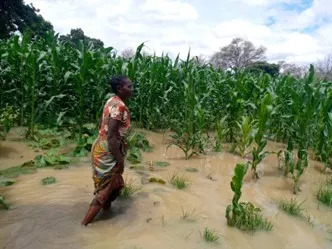
Small-scale farmers, who represent most producers, do not have equal opportunities. Lack of access to capital prevents them from investing in technology, equipment and inputs that would make them less dependent on rain-fed agriculture, and less vulnerable to climatic shocks. Most small-scale farmers are also excluded from any form of social protection, making them highly vulnerable to disasters. Early this year, flash floods followed by prolonged dry spells in some parts of the country affected close to 400,000 people, not only reducing their income but also affecting their food and nutrition security.
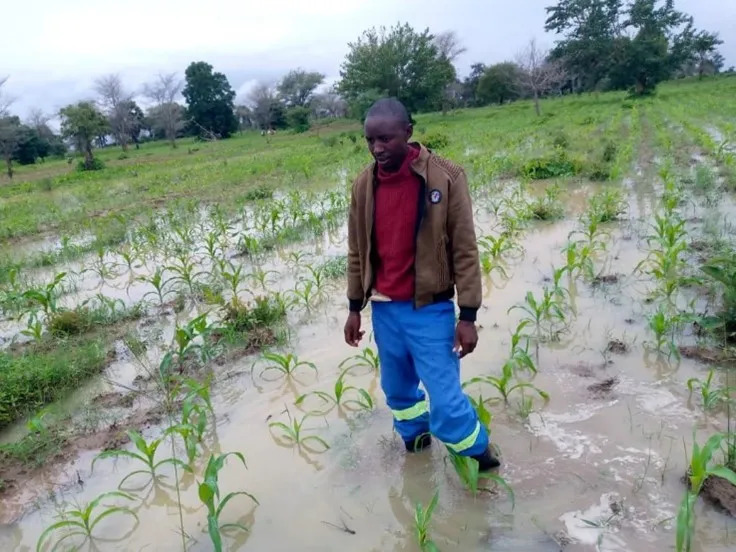
Instead of expanding agricultural land — which causes large-scale deforestation — to compensate for disaster losses, the Government invests in increasing small-scale farmers’ access to technology and financial protection. Through the Scaling up Climate Ambition on Land Use and Agriculture (SCALA) programme, small-scale farmers in 16 districts most vulnerable to climate change can access risk insurance and are incentivized to adopt sustainable growing techniques while also gaining better awareness of climate change and variability to produce reliable crops even in unreliable weather.
